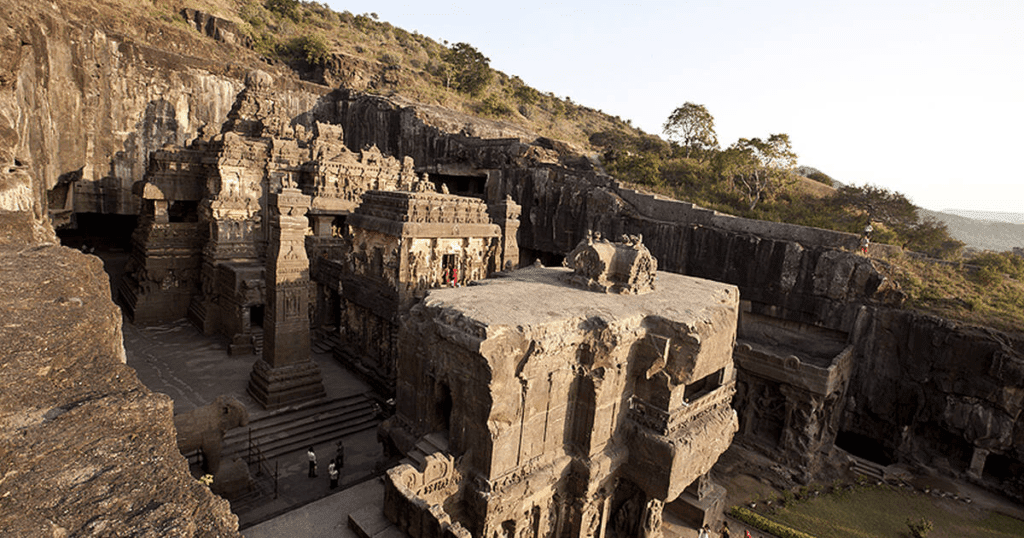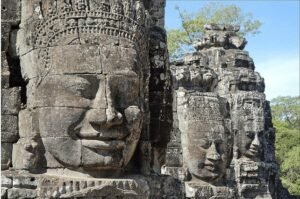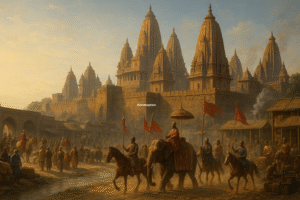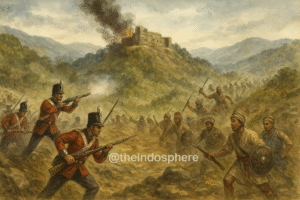Introduction
Nestled deep within the lush hills of Maharashtra, India, lies a mesmerizing archaeological wonder that has stood the test of time – the Ajanta Caves. These caves, carved into the rock, hold a rich tapestry of ancient art, spirituality, and an air of mystery that continues to captivate historians and visitors alike. In this blog post, we embark on a journey to explore the Ajanta Caves and the intriguing mysteries that shroud their construction.

Ajanta Caves: A Glimpse into the Past
The Ajanta Caves are a complex of 30 rock-cut Buddhist cave monuments, dating back to the 2nd century BCE to 5th century CE. These masterpieces of ancient Indian architecture and art are a UNESCO World Heritage Site, renowned for their exquisite paintings, sculptures, and intricate detailing. The caves serve as a testament to the spiritual and artistic pursuits of their creators.

Construction Enigma: Marvel of Artistry and Engineering
The Ajanta Caves’ most intriguing aspect lies in the question of how such a magnificent feat of construction was achieved in an era devoid of modern technology. Carved entirely by hand, these caves demonstrate a remarkable blend of artistic vision and engineering prowess. The meticulousness with which the caves were crafted leaves modern experts awestruck.

Archaeologists and historians are puzzled by the sheer scale of the endeavor, considering the labor, precision, and time required to carve these elaborate structures into the rocky terrain. The mystery deepens when we consider that many of these caves were created during a time when tools were far from advanced.

The Unanswered Questions
The construction of the Ajanta Caves raises several perplexing questions. How did ancient artisans accomplish the intricate detailing and carving with rudimentary tools? What motivated these artisans to dedicate their lives to a project of such immense proportions? How did they ensure consistent proportions and uniformity across the intricate sculptures and paintings that adorn the caves?
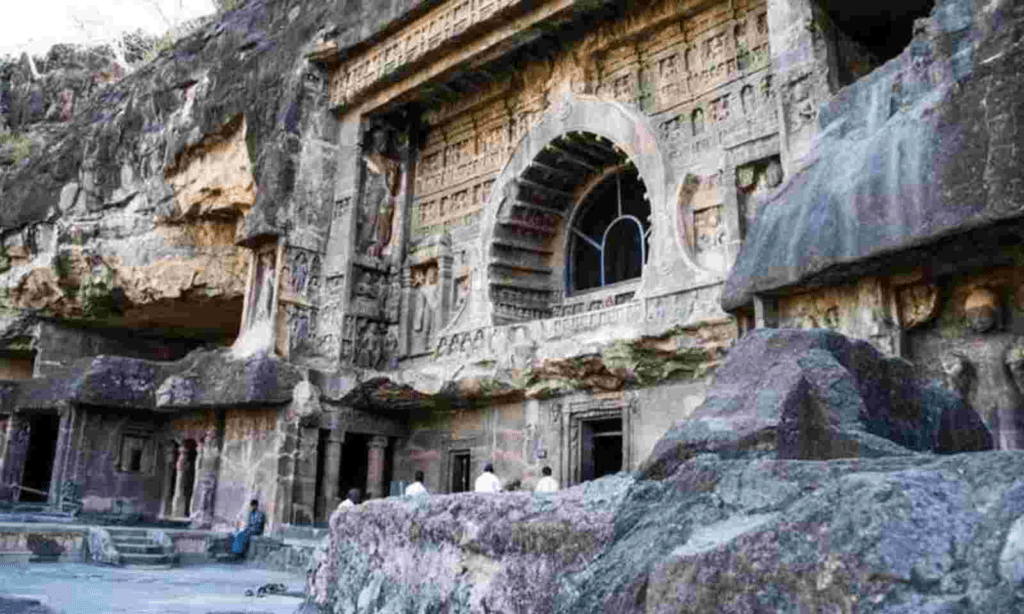
One theory suggests that scaffolding might have been used, allowing artisans to work on various levels concurrently. Yet, the exact methods employed remain a matter of speculation, with no definitive answers to these queries.
Spiritual Significance and Hidden Meanings
Beyond their artistic marvel, the Ajanta Caves hold deep spiritual significance. The sculptures and murals depict scenes from the life of Buddha and his teachings, serving as visual narratives that guide visitors through Buddhist philosophy and ideology. Some speculate that the intricacies of the art are not only a testament to the artisans’ skill but also convey hidden meanings and messages that are waiting to be deciphered.


Conclusion
As we explore the mysteries surrounding the construction of the Ajanta Caves, we are reminded of the enigmatic allure of ancient civilizations and their timeless contributions. While we may never fully unravel the secrets of the techniques used to create these magnificent caves, their enduring beauty and spiritual significance continue to inspire and mystify. The Ajanta Caves stand as a testament to human creativity, dedication, and the eternal quest for artistic and spiritual expression that transcends time.
